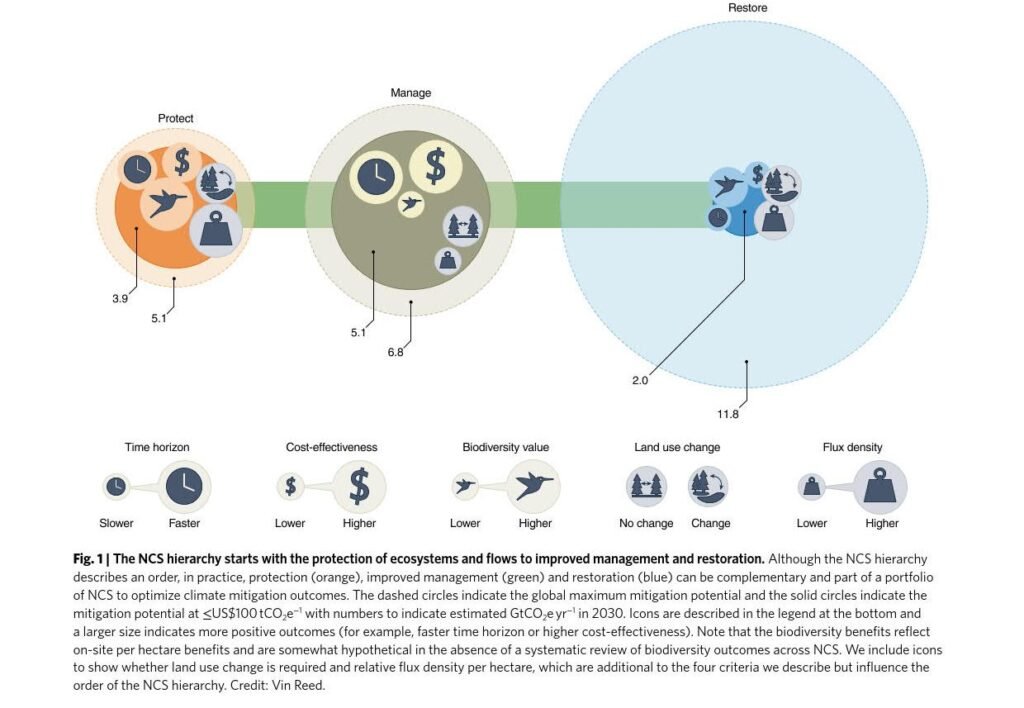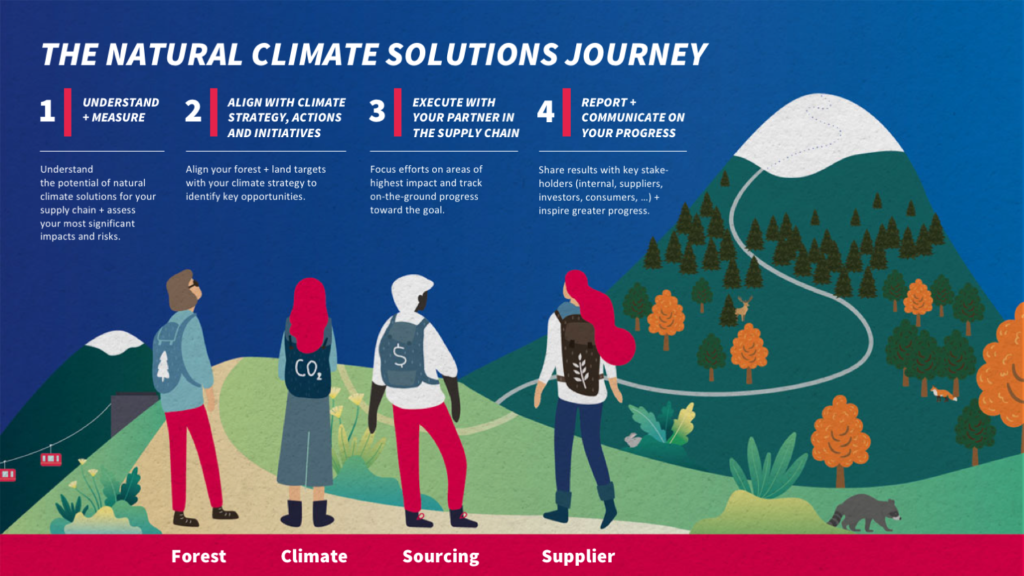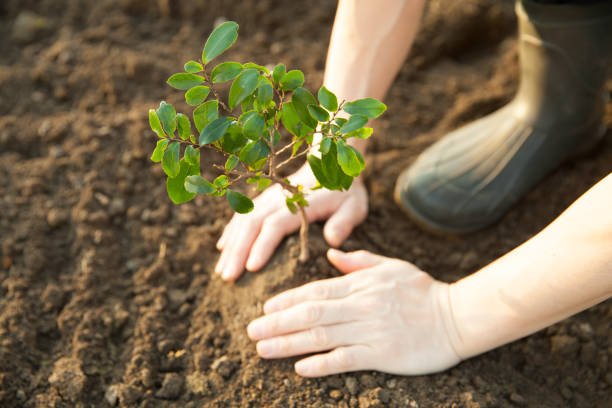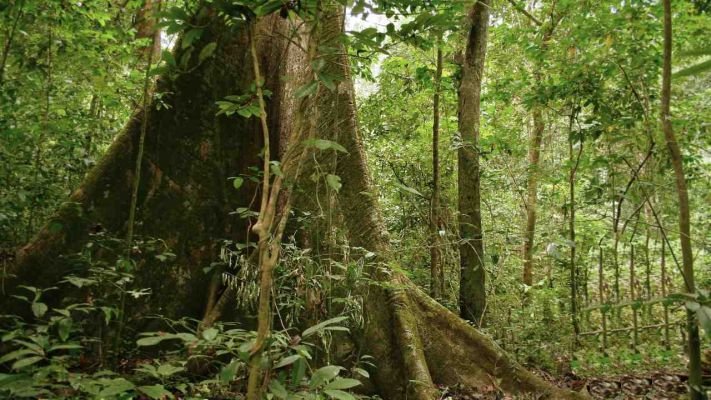Planting trees (Afforestation) is critical to assisting in the removal of carbon dioxide from the atmosphere. However, a new study concluded that the primary goal should be to conserve ecosystems.
The new study, published in Nature, stressed the importance of substantial emission reductions combined with enhanced carbon absorption from the atmosphere to avert the worst impacts of climate change. While the most crucial step is to reduce fossil fuel emissions, natural climate solutions (NCS) are necessary to accomplish that aim.

The study deconstructs four connected parameters that determine the overall hierarchy of the NCS. They are as follows:
- The magnitude of the mitigating potential.
- Cost-effectiveness.
- Horizontal time scale.
- Co-benefits.
The NCS entails seizing and lowering greenhouse gas emissions through the protection of existing ecosystems, the improvement of working lands management, and the restoration of natural ecosystems. Thus, while planting trees is beneficial, we must prioritize protecting existing ecosystems rather than destroying them.

When disturbed, such as when forests are cut or grasslands are tilled for agriculture, ecosystems may rapidly lose carbon. Carbon recovery might take decades to millennia in certain circumstances.
The loss of this ‘irrecoverable’ carbon is basically a permanent debit from the world’s remaining carbon budget for limiting global warming to safe levels.
Protecting irrecoverable carbon reserves at danger of disruption is crucial, as improved management and restoration of NCS will be insufficient to compensate for this loss over significant timelines.

The research cautioned that failing to conserve indigenous ecosystems might jeopardize the efficacy of other NCS in the same region. Should we stop planting trees? No, of course not. But we should also stop deforestation.
Reference- Nature, Clean Technica, National Geographic






